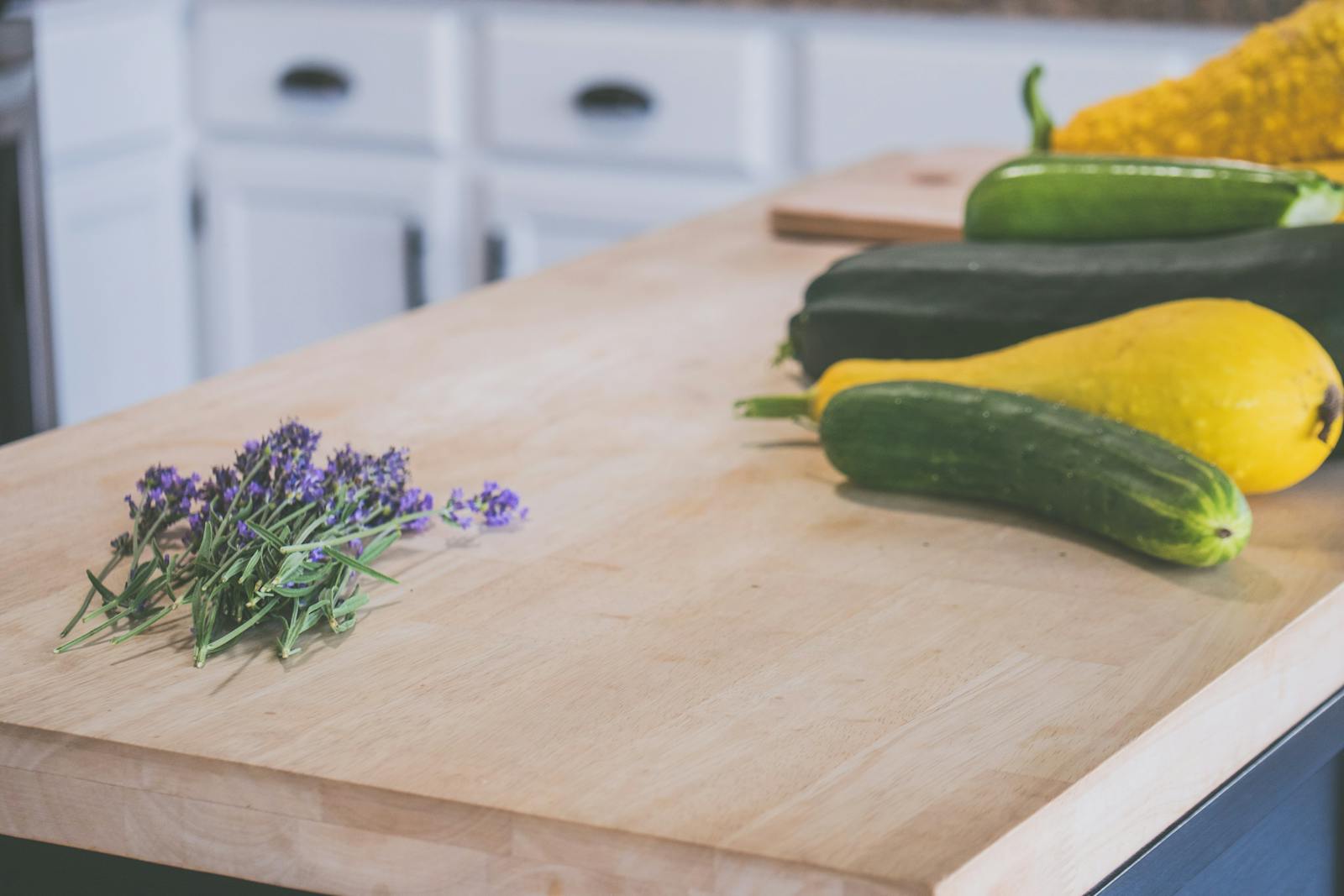What is Gratitude, Really?
It’s a simple question, isn’t it? We hear the word “gratitude” a lot. It’s on inspirational posters, in self-help books, and often mentioned during Thanksgiving. But what does it actually *mean* to be grateful? It’s not just saying “thank you” when someone holds a door open. It’s a deeper feeling, a recognition of goodness in your life, both big and small. It’s appreciating what you have, instead of constantly focusing on what you lack. It’s a shift in perspective, a conscious choice to notice the positive aspects of existence. It’s about acknowledging that things are good, even when life throws curveballs.
Why Should I Bother? The Science Speaks
You might be thinking, “Sounds nice, but does it *really* make a difference?” The answer, supported by a growing body of research, is a resounding yes. Studies in psychology and neuroscience show that regularly expressing gratitude has a tangible impact on mental and physical well-being. For instance, research from institutions like the University of California, Davis, has demonstrated a link between gratitude and reduced stress levels. When you focus on what you’re thankful for, your brain releases dopamine and serotonin, neurotransmitters associated with happiness and contentment. This isn’t just feel-good fluff; it’s biology at work.
Consider this: people who maintain gratitude journals – simply writing down a few things they’re thankful for each day – report feeling happier, more optimistic, and more resilient in the face of adversity. They also tend to experience fewer symptoms of depression and anxiety. It’s a surprisingly powerful tool for managing emotional health. It’s also been shown to improve sleep quality, which is vital for overall health. A good night’s rest can do wonders for your mood and ability to cope with daily challenges.
Simple Practices to Cultivate Thankfulness
The good thing about gratitude is that it’s accessible to everyone. You don’t need special equipment or extensive training. It’s about making small, consistent changes to your daily routine. One of the most popular methods is, as mentioned, keeping a gratitude journal. Even jotting down three things you’re thankful for each evening can have a significant effect. Don’t worry about writing long, elaborate entries; a few simple phrases are perfectly fine. “I’m grateful for the sunshine today,” or “I appreciate my friend’s support,” are both valid entries.
Another effective technique is expressing gratitude directly to others. A simple “thank you” to a cashier, a heartfelt note to a loved one, or a phone call to someone you appreciate can brighten both your day and theirs. It’s a reciprocal process; giving gratitude often leads to receiving it in return. Think about someone who has positively impacted your life and reach out. A small gesture of appreciation can go a long way.
Mindfulness practices can also support gratitude. Paying attention to the present moment, noticing the small joys and blessings that often go unnoticed, is a form of gratitude in itself. Take a moment to savor a delicious meal, appreciate the beauty of nature, or simply enjoy the feeling of warmth on your skin. These moments, when fully experienced, can foster a sense of thankfulness.
Gratitude and Relationships
The benefits of gratitude extend beyond individual well-being; it also strengthens relationships. Expressing appreciation to your partner, family members, and friends fosters intimacy and connection. It creates a positive feedback loop, where gratitude leads to increased affection and support, which in turn reinforces feelings of thankfulness. It’s a powerful way to build and maintain healthy, fulfilling relationships. It’s important to remember that relationships require effort, and expressing gratitude is a simple yet impactful way to show you care.
Gratitude in Challenging Times
It’s easy to feel grateful when things are going well. But what about when you’re facing difficulties? This is when gratitude can be *most* valuable. Even in the midst of hardship, there are always things to be thankful for – a supportive friend, a roof over your head, the ability to learn and grow. Focusing on these positives can provide a sense of perspective and hope, helping you to navigate challenging situations with greater resilience. It’s not about denying the pain or difficulty; it’s about acknowledging the good alongside the bad. It’s about finding the silver linings, even when they’re hard to see.
Integrating Gratitude into Your Life: A Long-Term Strategy
Cultivating gratitude isn’t a one-time fix; it’s an ongoing practice. It requires conscious effort and commitment. Start small, be consistent, and be patient with yourself. There will be days when you feel less grateful than others, and that’s okay. The key is to keep practicing, even when it’s difficult. Over time, gratitude will become more ingrained in your mindset, transforming your overall outlook on life. It’s a skill that improves with practice, like any other.
Consider setting reminders on your phone to prompt you to reflect on what you’re thankful for. Or, make it a habit to express gratitude before bed each night. The more you integrate gratitude into your daily routine, the more natural it will become. It’s a simple change that can have a profound impact on your happiness and well-being. It’s a worthwhile investment in yourself.










